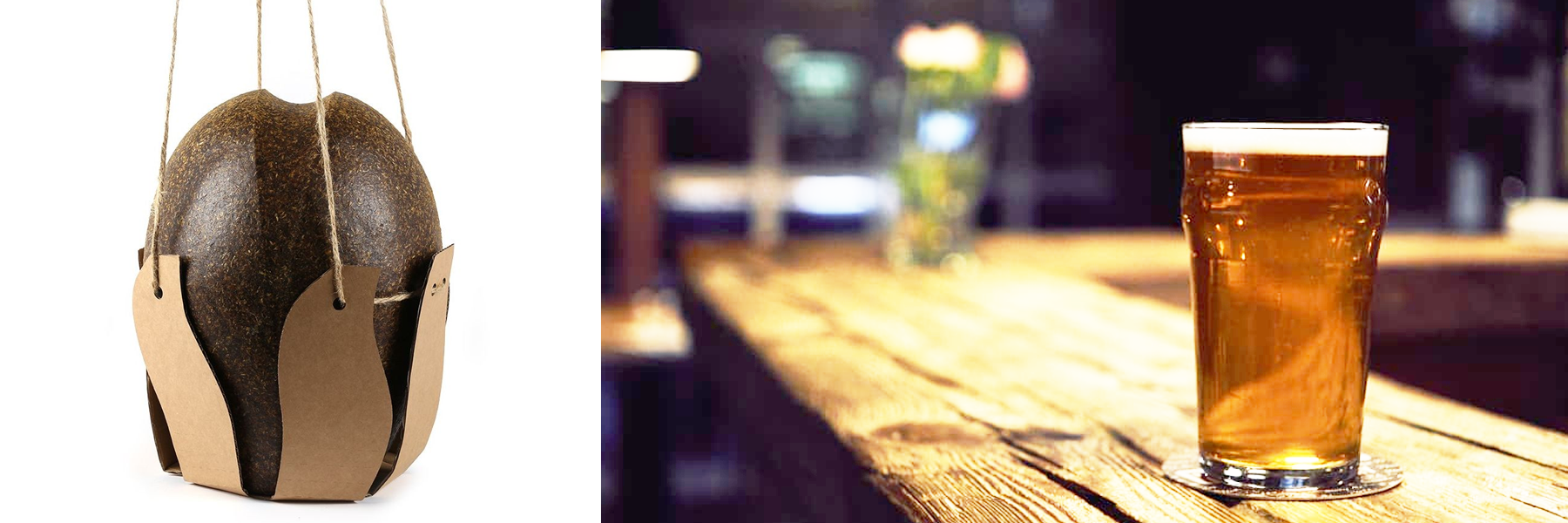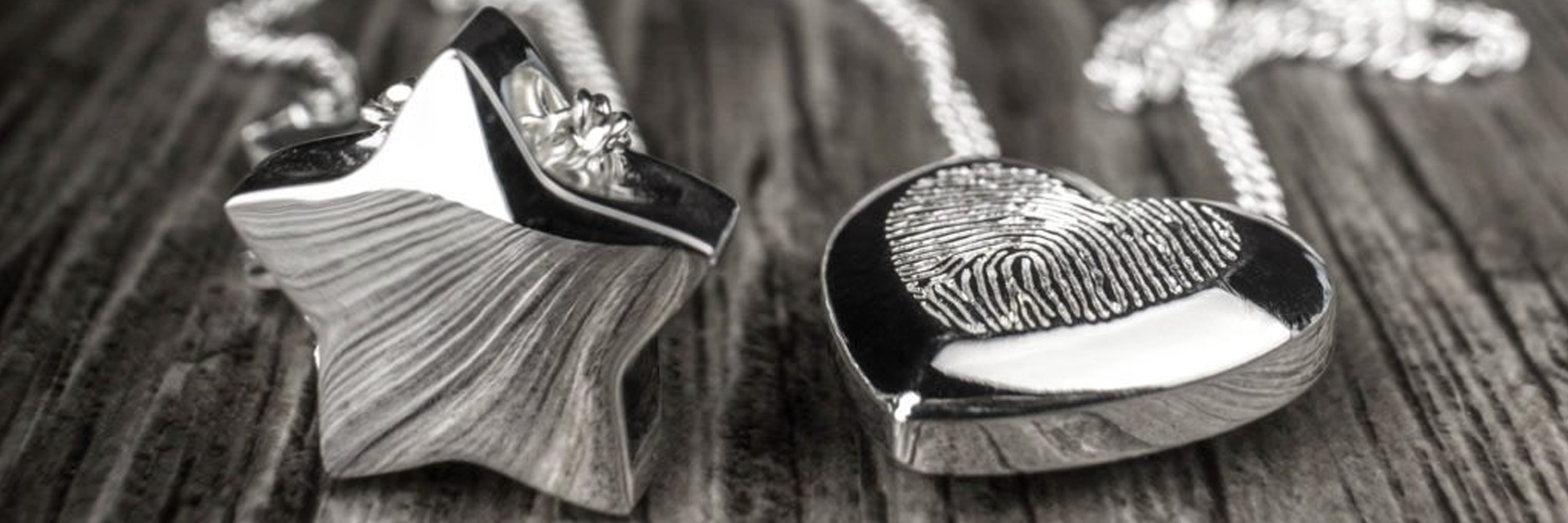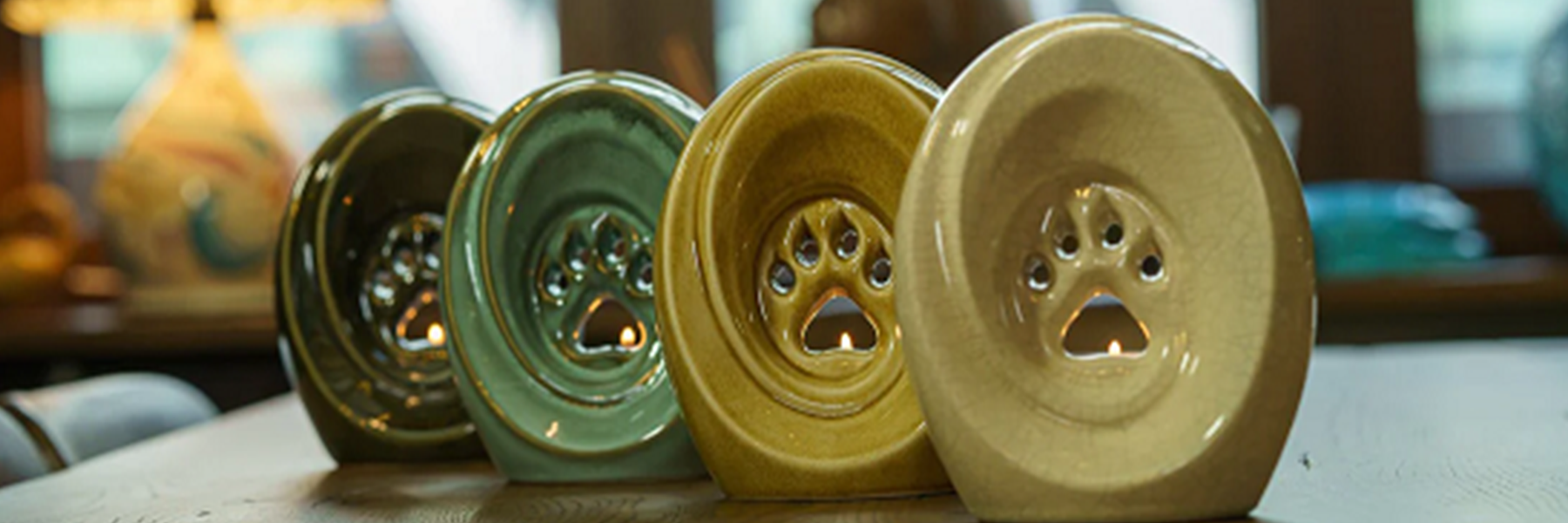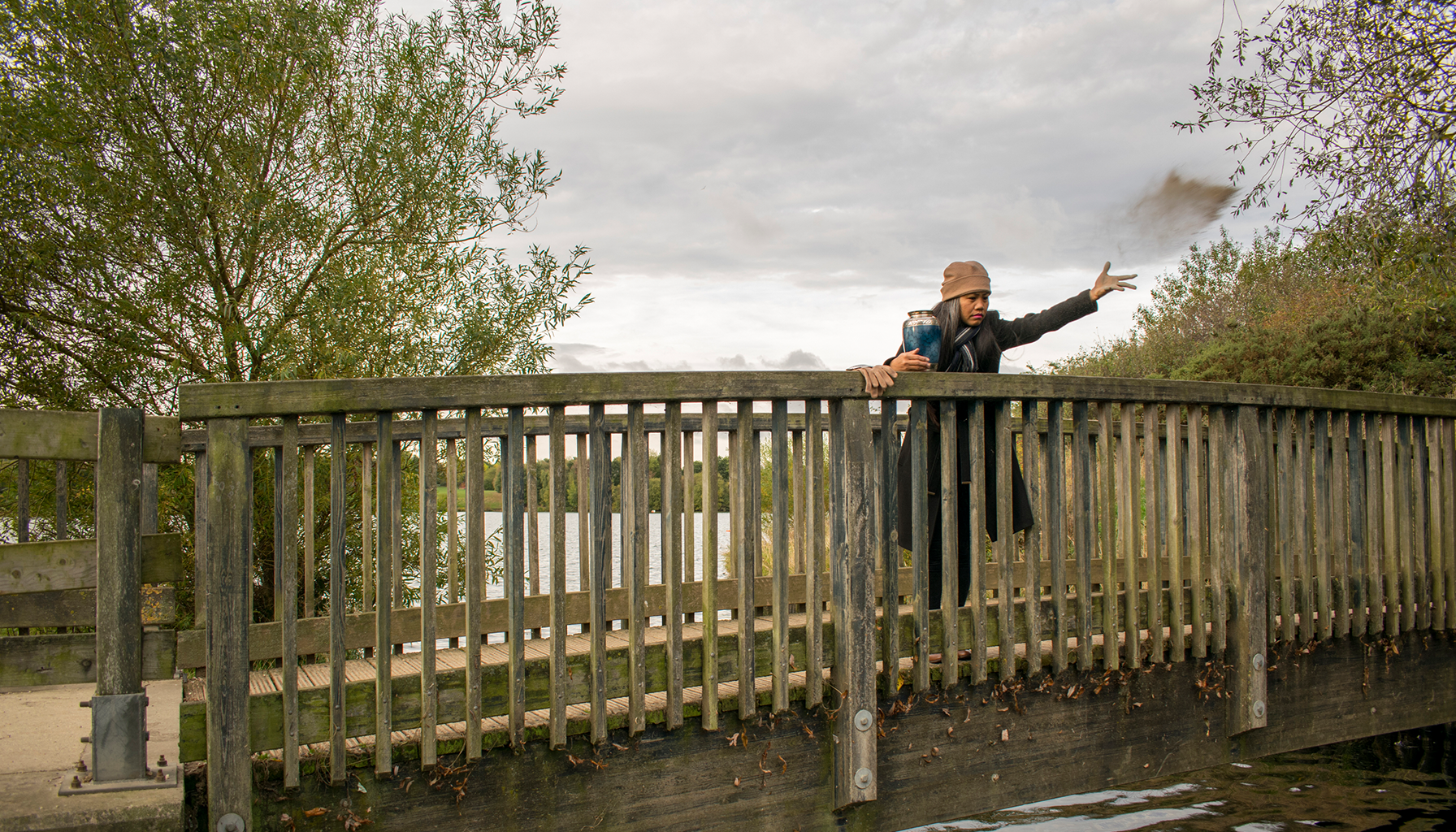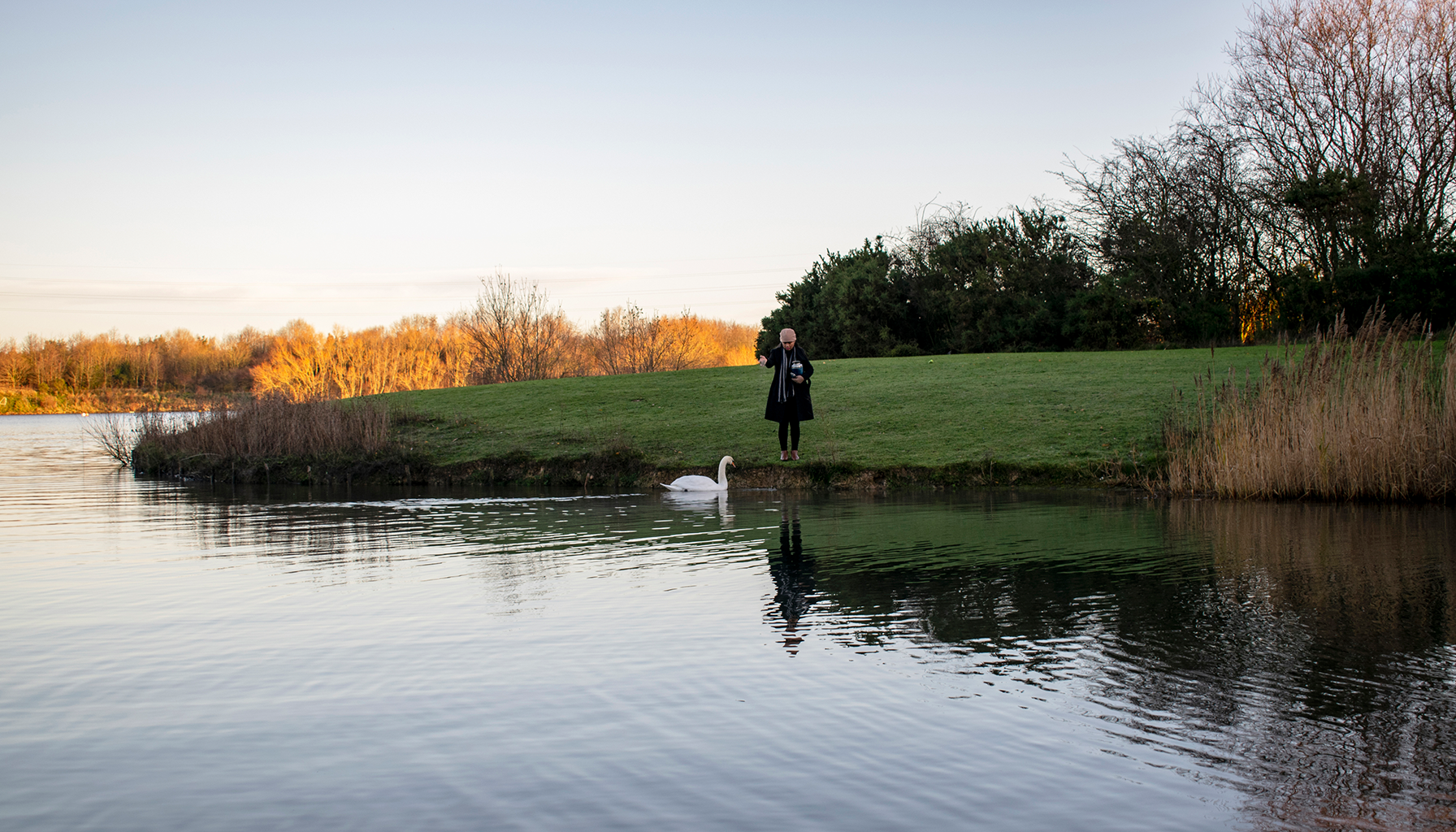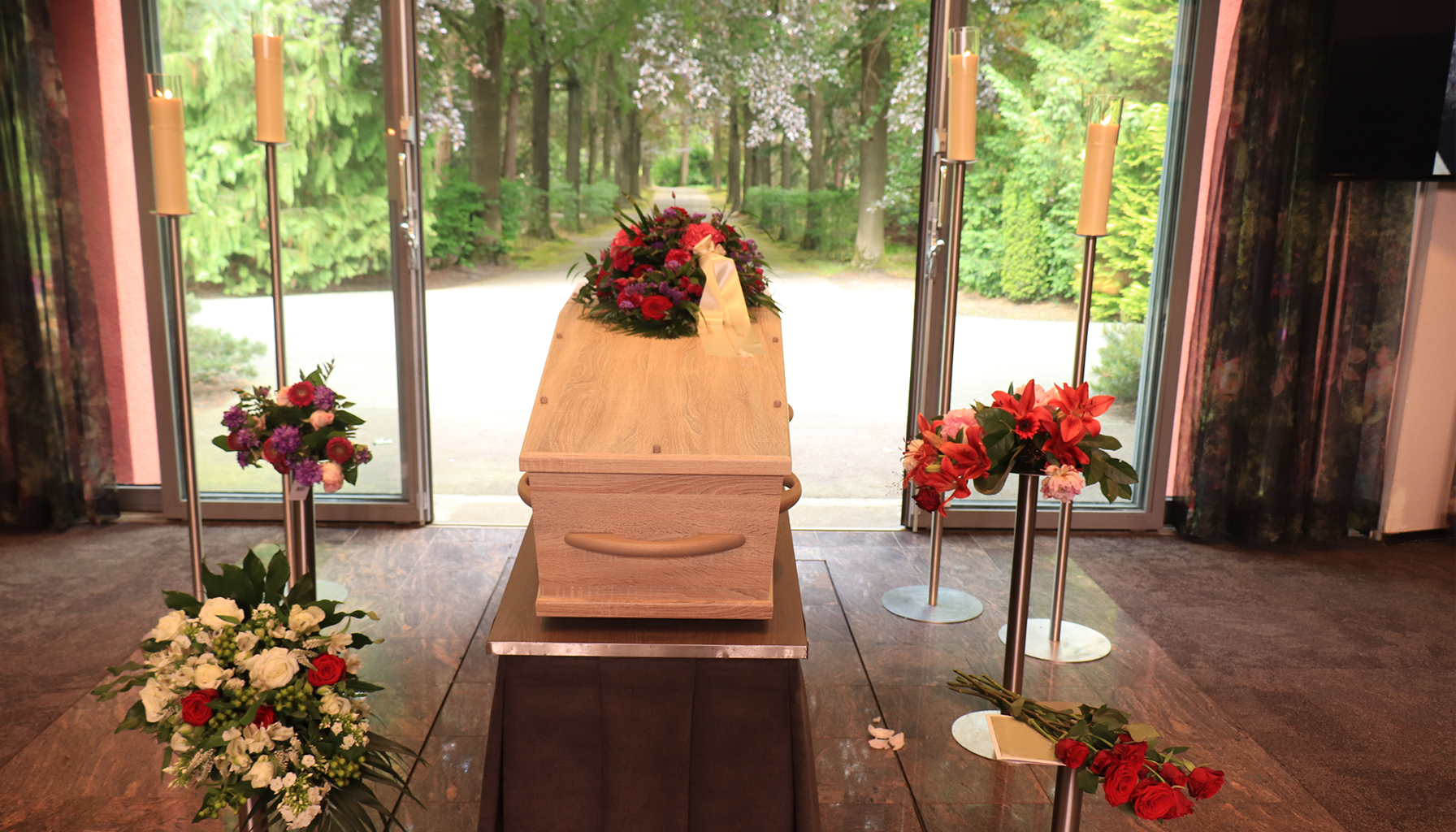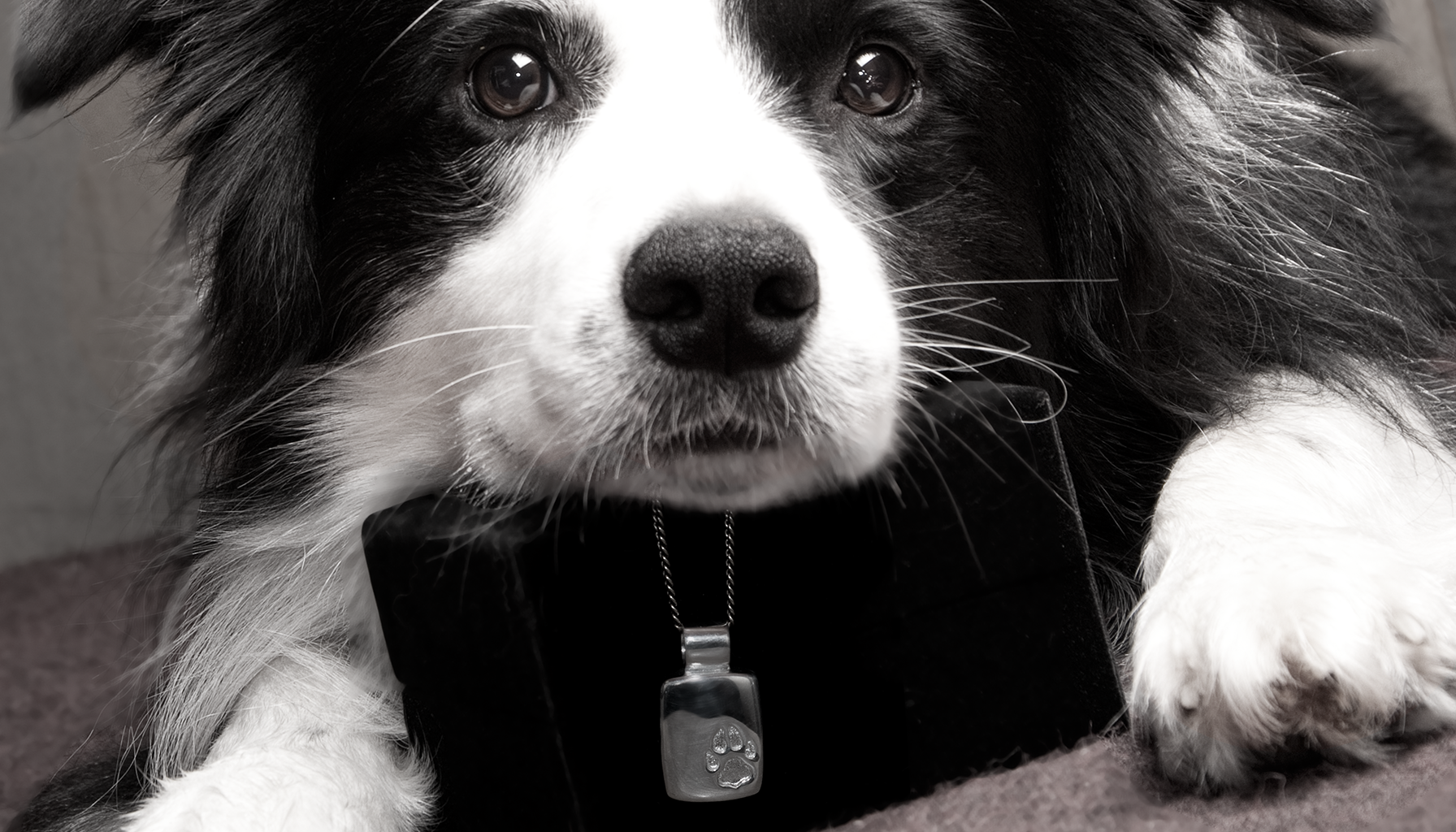After the cremation of a loved one, you need to think about what you are going to do with the ashes. Burying the ashes confuses many people because the term, the concept, and the options available for ashes interment can be challenging to understand. Although, you may have seen many references to people who have scattered ashes to the wind or keep the ashes of their loved ones in an urn in their home. Burying ashes is actually a lot more popular in reality than you'd think.
As popular and common as this process is, you should still thoroughly research which way is best for you and your family. You must ask several sensitive questions, and the costs can vary significantly depending on your choice.
That is why we have put together the following guide to help you make the right decision to commemorate the death of your loved one by burying their ashes.
Some Important Things to Consider First
If you are unfamiliar with the term “interment of ashes”, let us explain before we go further in this guide. When you bury the ashes of a cremated loved one in a permanent location, this is referred to as “interment of ashes”. Though it may sound strange to the uninitiated, it is the preferred method of treating ashes with the respect they deserve in various religions and cultures worldwide.
There are some essential things you need to consider before you bury the ashes of a loved one, whether they are a friend, spouse or another member of your family. The most important of these revolve around the following:
- Where are the ashes going to be buried?
- The cost for the preferred burial place of the ashes
- The interment ceremony (if you are going to have one)
- Alternative options for below-ground burial of ashes
When you intend to bury the ashes of your loved one, whether it is a spouse, friend, or another member of your family, think about the following questions:
- Are you or the recently deceased a member of a religious group that has particular guidelines for the process of cremation and burying the ashes?
- Can all friends and family of the deceased access the burial place you are considering?
- Are you planning on the funeral including the ashes or the urn?
- Are there any restrictions on the design and material of the urn? For example, does it need to be made from biodegradable materials?
- Is burying the ashes in your preferred location cost money, or is it free?
- Do the ashes of the deceased need to be interred with other members of their family in an existing place?
- Are you interested in the ashes being kept in a columbarium?
- What are the plans for transporting the ashes to the interment place?
- Are you interested in keeping some of the deceased's ashes in jewellery or a keepsake?
Where Can Ashes Be Buried?
Next on your list of considerations when burying ashes is where they will be buried. You are allowed to bury the ashes of a loved one in either of the following:
- Cemetery
- Your private property
- Garden of a crematorium
- Woodland burial reserve
- Churchyard
As we noted, burying ashes is more common than the options shown in television and movies, such as floating them out to sea on a burning boat or scattering the ashes into the wind or the deceased's favourite place. That is often just how it is portrayed in the movies and television shows for dramatic and symbolic effect.
Interestingly, a cremated adult produces around 2 to 5 kg of cremains (the remains from the cremation process), predominately of bone ash. The cremated ashes can be buried traditionally in an urn or as they are.
You must visit the local registry office to obtain a Certificate of Burial Authority. The funeral director must also complete official documentation for the interment location, whether in a churchyard or cemetery.
Burial of Ashes in an Existing Grave
You can choose to have the ashes of your loved one buried in a grave that is already being used. For this to be possible, you must get permission from that cemetery and provide proof of rights. This form of interment will cost between £150 and £300. The fee covers opening the grave and placing the urn in the spot, or the ashes on their own. Be aware, though, that the prices of this process will vary from one plot to another and depending on the cemetery you choose.
Can Ashes Be Buried in a Graveyard?
Ashes can be buried in a graveyard. Cemeteries are very well kept and offer traditional benefits for memorial days, or there is a columbarium where urns are stored above ground. Many crematoria and cemeteries in the UK have their own Gardens of Remembrance. Remembrance icons, like plaques, trees, and benches, can be used on the grounds, which are also well-maintained.
When you decide to have the ashes of your loved one buried in a cemetery, you may need to buy the plot along with an urn. Therefore, it's a good idea to speak to the burial ground for advice about the size and material of the urn, along with anything else that may be included.
People from many different cultures and religious groups practice cremation, and burying the ashes in traditional graves is a standard process. A private land with zoning regulations or a cemetery is a convenient place to do this.
It's essential to ensure you have completed the burial application, as this is required in the UK for ash burials in a churchyard or traditional burial plot. You can obtain this form from the office of your local council or the preferred cemetery. Once you have completed it, you will buy the required Exclusive Right of Burial.
Understanding the Exclusive Right of Burial
We will discuss the term “Exclusive Right of Burial” if you have never heard it. Exclusive Right of Burial will generally give you 25 years of use of a chosen burial plot. There are other conditions related to the gravesite requirement, and there is the choice for people who own land to buy the family's deeds of entitlement.
After you have the Exclusive Right of Burial in place, arrangements can be made to proceed with the interment of ashes. Then, the funeral director will help reserve a gravesite or buy multiple burial places for use in the future.
Burial of Ashes in Memorial Gardens
There are memorial gardens in crematoria and cemeteries set aside for the burial of ashes, and they are lovely and well-maintained. There are urn gardens where the urns can be placed either below or above ground and are identifiable with brass plaques and a monument designed to stand for tranquillity.
The burial ceremony for ashes starts with the ashes being transported to the site. Then, you and any funeral party you have gathered at the site and someone significant or a celebrant can start the ceremony. It usually involves an opening prayer, and then different members of the funeral party can talk and offer eulogies for the deceased.
The ashes are placed in an urn vault or on the ground while a selected celebrant recites a poem or reads a prayer. As mourners leave, prayers or parting words are said, and the urn is sealed and resting.
Burial of Ashes on Public and Private Land
Do you own private land and are planning to have the ashes of a loved one buried there? Mostly, there is no issue with doing this, but you need to check with the local authorities for any zoning restrictions that may be in place. Once you have permission from loved ones, you can go ahead.
Burial of Ashes Without Permission in a Cemetery
Permission is crucial, and you should only try to bury ashes on public or private property with a suitable permit. You would be prosecuted for trespassing, and the cremated ashes would be removed. It's also important to note that the burial of ashes in urns is not permitted in public reservations or parks because of the future environmental ramifications.
Usually, though, ashes on their own can be interred at least 100 metres from developed areas, roads, trails or bodies of water. Learning from the park authority guidelines about scattering ashes or burying them in environmentally sensitive reserves or national conservation areas is essential.
Burial of Ashes in a Private Garden
You can have ashes buried in a private garden, including your home's front or back garden. You can have ashes in a dedicated natural burial ground, a cemetery, or an urn garden.
Although many religious groups consider it better to bury ashes on consecrated ground, choosing an area or spot significant to the deceased and your relationship with them and your family is not unheard of.
You can follow similar practices when having the cremated ashes buried in a more formal setting, with some marking of the grave, a spiritual service or a headstone. This can be a great way to keep the memory of your loved one close.
Last but certainly not least, if you sell your house, it's worth noting that the buyers may not be interested in allowing you into their garden to pay your respects to the deceased. You may have to consider having the urn exhumed and moved to a new spot.
As you can see, there is a lot to consider when you are deciding where to bury the ashes of your loved one. Whether you choose a more traditional and form spot for the burial of the ashes or something more unique, we hope this guide helps you. Please contact us if you have any questions or need help.


